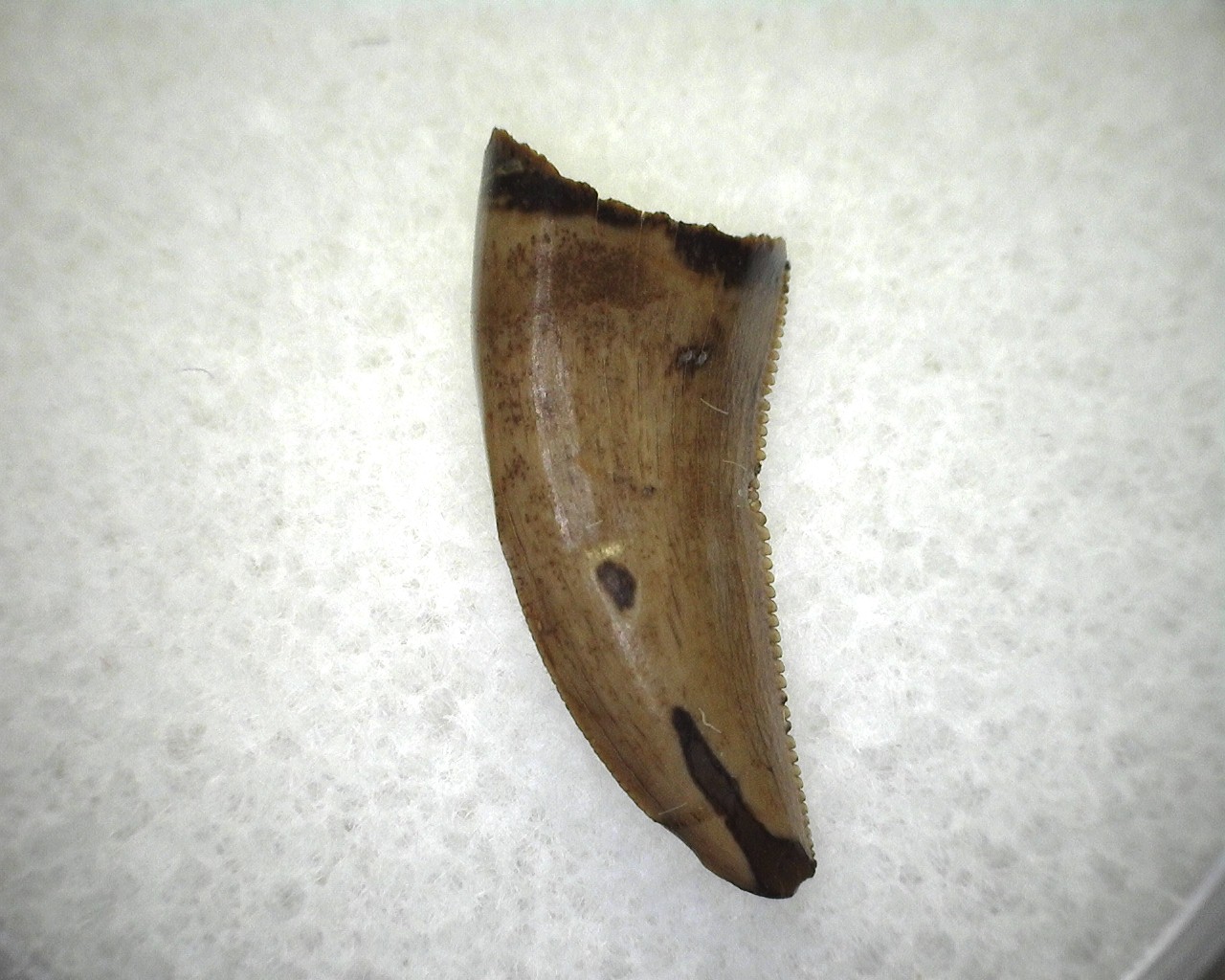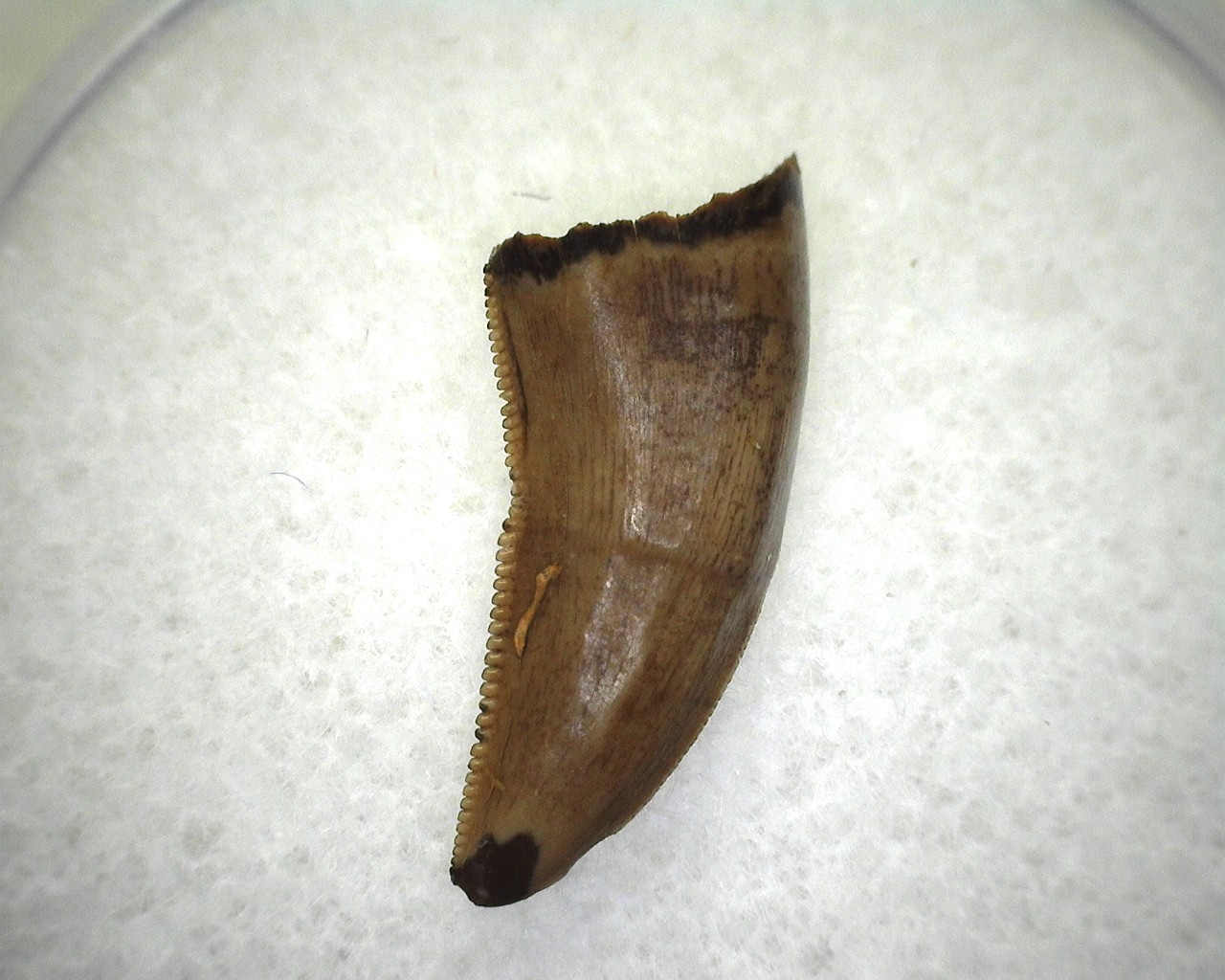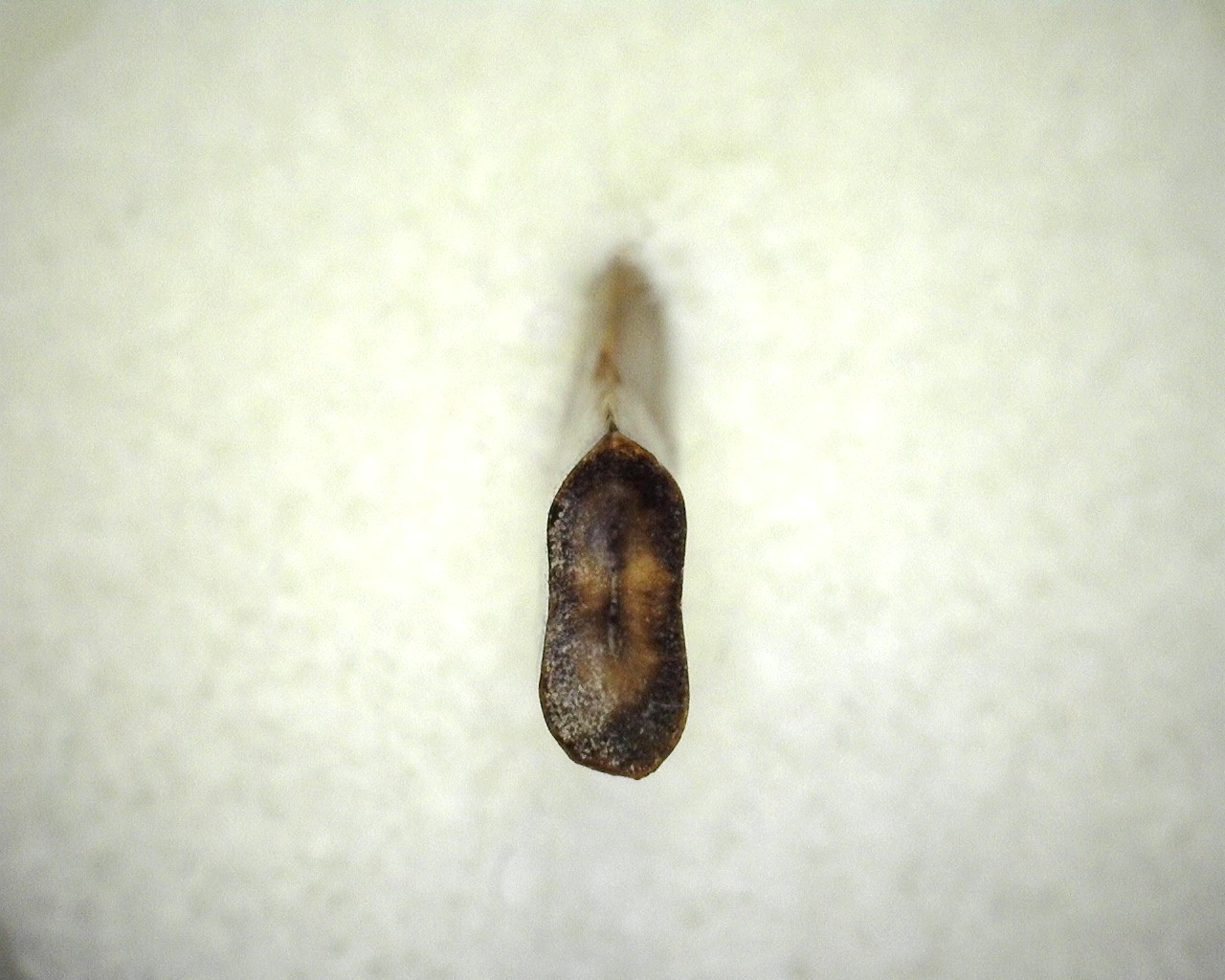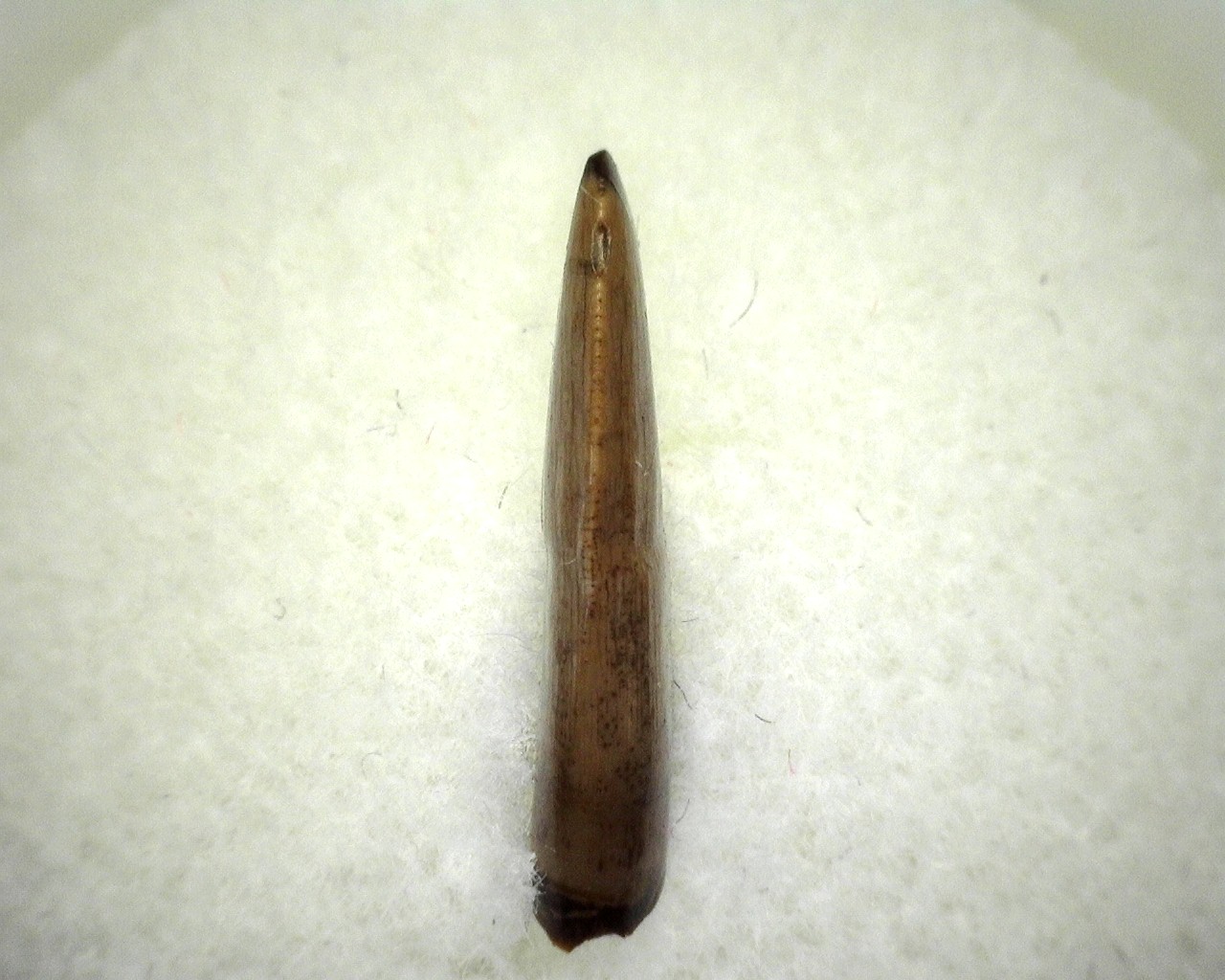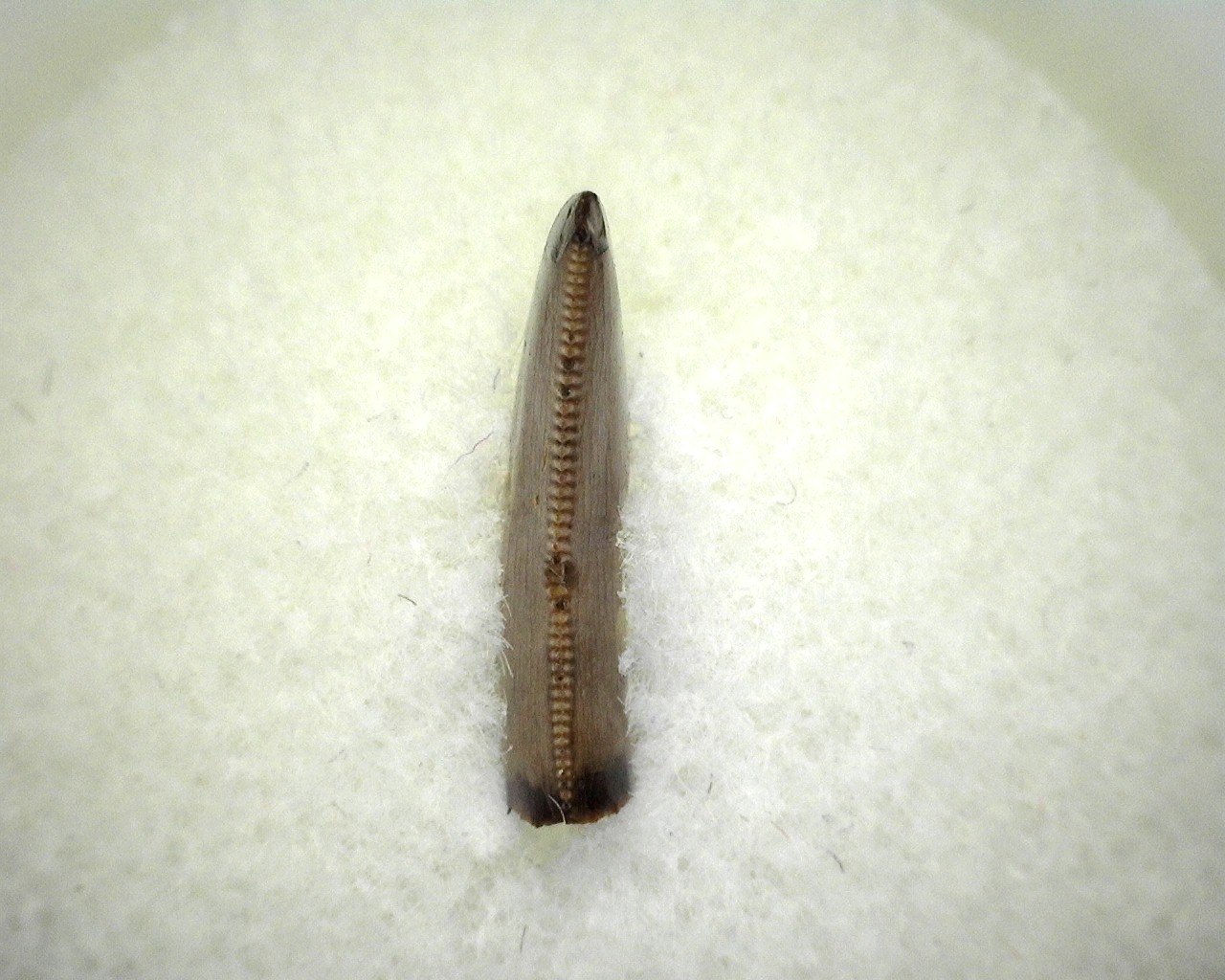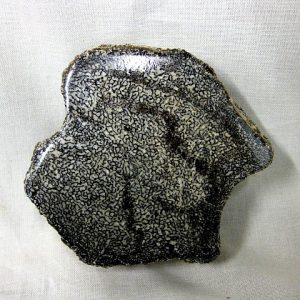Description
- Theropod (Aublysodon, Deinodon, Dromaeosaurus, Paronychodon, Troodontid?)
- Cretaceous Age
- Judith River Formation
- Montana
- This specimen measures approx. 7/16″ long and will come in a 1.25″ Gem Jar
Isolated theropod teeth are fairly common in dinosaur-bearing deposits. This abundance is not surprising considering that most tooth-bearing theropods had 50 or more teeth in their jaws (Currie et al., 1990) and that these teeth, as with those of most other dinosaurs, were continually replaced during the life time of these animals. The vast majority of these isolated teeth lack roots and represent shed teeth. Although some may have fallen out as their replacement teeth erupted, the majority were probably shed when theropods bit prey animals. Theropods apparently did not routinely chew the bones of their prey (Fiorillo, 199 la), but the bite forces generated by these animals would have been more than sufficient to remove any loose teeth. The common association of shed theropod teeth with the carcasses of herbivorous dinosaurs (Buffetaut and Suteetham, 1989; Gallup, 1989; Horner, 1987; Ostrom, 1970) provides direct evidence of this scenario. Indirect evidence is provided by the frequency of recovery of teeth that have passed through the digestive system. These teeth are easily identified because their surfaces have been etched by digestive acids which often remove the enamel entirely. One suspects that if the teeth fell out at any time other than prey utilization, they would have been swallowed. Of course, some of the teeth lost during feeding would also have been ingested, but overall the recovery of swallowed, shed teeth is less than 5 percent.
Theropod teeth from the Judith River Formation (Upper Cretaceous) of South-Central Montana
Article in Journal of Vertebrate Paleontology · March 1994

